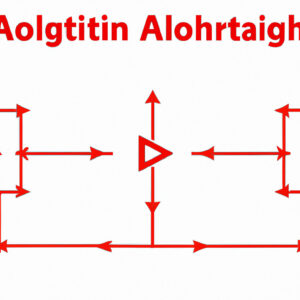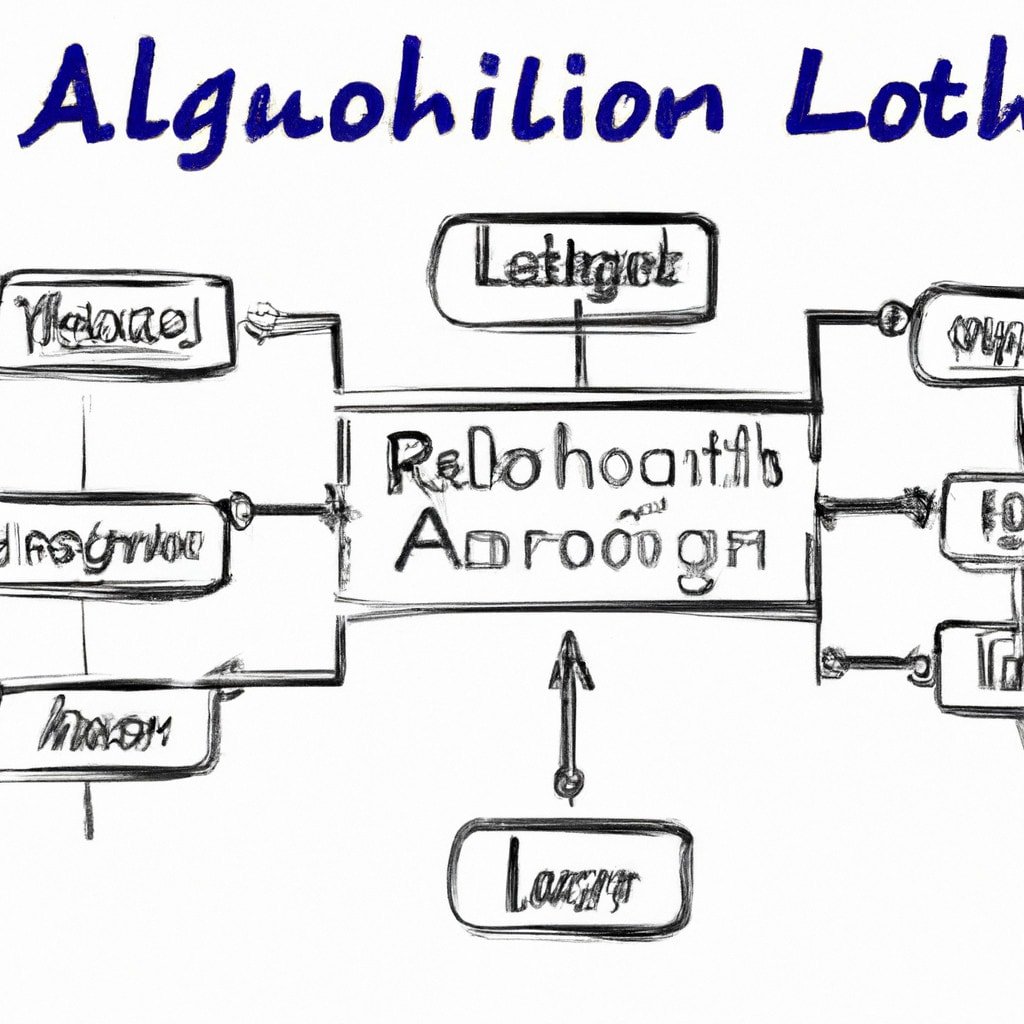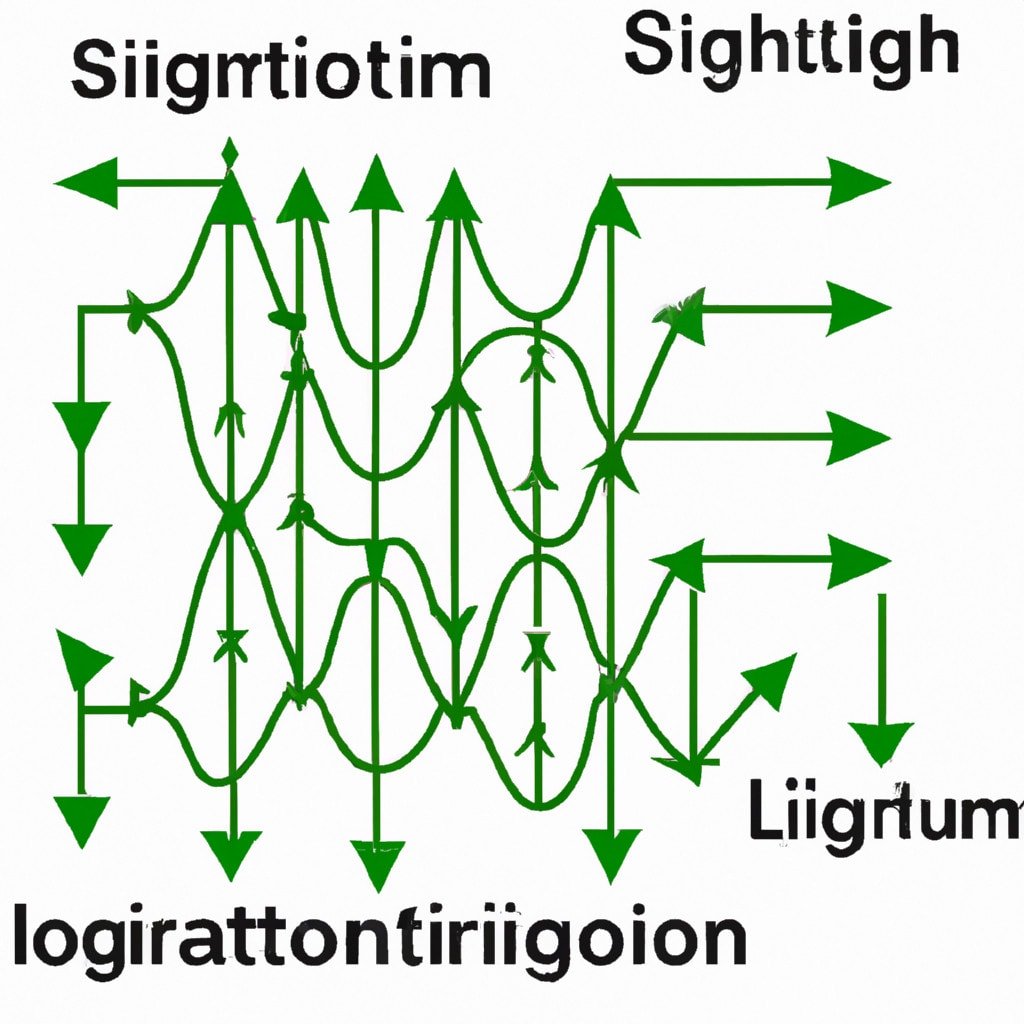Is YouTube Algorithm Broken? The Truth Behind the Scenes
Have you ever wondered why some of your favorite videos on YouTube suddenly vanished from your feed, while others seem to pop up again and again? Is YouTube algorithm broken, or is there a secret behind it that you haven’t uncovered yet? In this article, we’ll dive deep into the world of the YouTube algorithm, addressing common concerns and providing an answer to the burning question: is YouTube algorithm broken?
The Evolution of the YouTube Algorithm
Before we get into whether the algorithm might be broken, it’s essential to understand its evolution. YouTube’s algorithm has seen many iterations over the years, each designed to improve user experience and promote quality content. From the simplistic view count-based system to today’s more complex combination of watch time, engagement, and personalization, the algorithm has come a long way.
Understanding How the Algorithm Works
At its core, the YouTube algorithm is designed to show users videos they’re likely to enjoy based on their individual preferences and browsing history. It uses several factors to determine video rankings, including:
- Watch time and view counts
- Engagement (likes, comments, and shares)
- Relevance (keywords and metadata)
- User’s search and viewing history
These factors can make it difficult for some creators to gain visibility, leading to the belief that the algorithm might be broken. However, it’s important to remember that the algorithm is constantly learning and adjusting to provide the best possible experience for viewers.
Is YouTube Algorithm Broken: Common Concerns
Let’s explore some common concerns and misconceptions about the YouTube algorithm:
- Content Quality Suppression: A major concern is that the algorithm may suppress high-quality content in favor of more popular or sensational videos. While there’s some truth to this, it’s mostly due to the nature of user engagement rather than a broken algorithm. Remember, YouTube wants users to stay on their platform as long as possible, so it’s in their best interest to promote engaging and relevant content.
- Small Creators Struggle: Many small creators worry that they can’t compete with larger channels due to the algorithm’s focus on watch time and engagement. While it can be challenging for smaller channels to gain traction, it’s not impossible. By consistently producing quality content, optimizing metadata, and engaging with viewers, they can improve their chances of being discovered.
- Algorithm Bias: Some people believe that the YouTube algorithm is biased towards specific topics, styles, or creators. However, the algorithm operates objectively, using data to make decisions rather than favoritism. Any perceived bias is likely the result of the factors listed earlier, such as viewer preferences and search history.
So, Is the YouTube Algorithm Broken?
In short, no. The YouTube algorithm is constantly evolving and adapting to provide the best experience for viewers. However, it’s not perfect, and creators must keep up with changes and learn how to adapt their strategies to remain successful.
Tips for Success in the YouTube Algorithm
If you’re a content creator looking to thrive in the competitive world of YouTube, follow these tips:
- Focus on creating high-quality, engaging content that appeals to your target audience.
- Optimize your metadata, including titles, descriptions, and tags.
- Interact with your viewers through comments, social media, and other platforms to boost engagement.
- Stay informed on algorithm updates and industry trends to better adapt your strategy over time.
Remember, success on YouTube isn’t solely determined by the algorithm. A combination of quality content, audience engagement, and effective marketing strategies will help you grow your channel and reach your target audience.
Conclusion: Adapt and Thrive
Though the YouTube algorithm can sometimes seem mysterious and unpredictable, it’s important to remember that it’s designed to benefit both viewers and creators. By understanding how the algorithm works and staying informed on updates and best practices, you can adapt your strategy and grow your channel in today’s ever-changing digital landscape.
So, is YouTube algorithm broken? The answer is no. It may not be perfect, but it’s continually evolving to meet the needs of the platform’s users. Patience, persistence, and adaptability are key for creators looking to succeed in this competitive space.
YouTube Is Broken Again! Updates to YouTube Algorithm 2016
Small YouTubers: Do THIS or the Algorithm Will IGNORE YOU!
What’s the deal with the YouTube algorithm?
The YouTube algorithm is a sophisticated system that plays a significant role in determining which videos appear on the platform and which ones gain popularity. Its primary purpose is to provide users with content tailored to their interests and preferences, while also keeping them engaged on the platform for as long as possible.
The YouTube algorithm considers a variety of factors when recommending content to users. Some of these factors include:
1. User history: The algorithm takes into account the user’s watch and search history to suggest content similar to what they have previously enjoyed.
2. Engagement: Likes, comments, shares, and overall engagement with a video are crucial in determining its visibility on the platform. Videos with high engagement are more likely to be recommended by the algorithm.
3. Watch time: The amount of time viewers spend watching a video is another critical factor. A longer watch time often translates into higher rankings and better visibility.
4. Metadata: The title, description, tags, and thumbnail of a video all play a role in how the algorithm understands and categorizes it. Content creators should craft these elements carefully to increase the chances of their videos being discovered and promoted.
5. Freshness: New and recently uploaded content tends to be prioritized by the algorithm, as it aims to provide users with fresh and relevant material.
Understanding the workings of the YouTube algorithm is essential for content creators looking to grow their channels and reach a broader audience. By paying attention to these factors and optimizing their content accordingly, creators can increase the likelihood of their videos being promoted and recommended on the platform.
Is there an issue with the YouTube algorithm?
There have been concerns and issues raised about the YouTube algorithm over the years. The YouTube algorithm is designed to recommend videos to users based on their viewing history, watch time, engagement, and various other factors. However, this algorithm has faced criticism for several reasons:
1. Filter bubbles: The algorithm may create filter bubbles or echo chambers by only showing users content that aligns with their existing beliefs and interests, thereby limiting exposure to diverse perspectives.
2. Controversial content: The YouTube algorithm has been criticized for promoting controversial content or misinformation in order to prioritize engagement, which can potentially lead to the spread of false information.
3. Impact on content creators: Many creators have expressed frustration over the algorithm’s impact on their channels. They often feel pressured to create content that adheres to the algorithm’s preferences, which may lead to burnout, loss of creativity, or prioritizing quantity over quality.
4. Child safety concerns: There have been instances where the algorithm has recommended inappropriate content to children, resulting in calls for better content moderation and parental controls.
Despite these issues, it’s important to note that YouTube has been making efforts to improve its algorithm and address some of these concerns. However, given the vast amount of content on the platform, finding the perfect balance remains an ongoing challenge.
How does the YouTube algorithm function in 2023?
The YouTube algorithm in 2023 has evolved significantly to provide a more personalized and engaging experience for its users. It primarily functions by focusing on three main aspects: user behavior, video metadata, and user engagement metrics.
1. User behavior: The algorithm collects data on the user’s watching habits, such as the videos they watch, their search history, and how much time they spend watching specific videos. This data helps the algorithm in understanding the user’s preferences and recommending content accordingly.
2. Video metadata: This includes information about the video itself, such as the title, description, tags, and thumbnail. The algorithm uses this data to categorize videos and make relevant recommendations. For creators, optimizing video metadata is crucial for boosting visibility and discoverability on the platform.
3. User engagement metrics: These metrics include likes, dislikes, comments, shares, and watch time. The algorithm uses these signals to determine the quality and popularity of a video. High levels of user engagement often result in better rankings and more visibility in search results and recommendations.
In addition to these key aspects, the YouTube algorithm in 2023 also considers external factors such as device type, location, and time of day while making recommendations. These factors help in providing more tailored suggestions based on the user’s current context.
To maximize the reach of their content, creators need to focus on optimizing their videos for the algorithm by producing high-quality content that resonates with their target audience, incorporating relevant keywords in the video metadata, and encouraging user engagement through likes, comments, and shares. By doing so, creators can improve their chances of being discovered by new viewers and build a loyal following on the platform.
How much time does it take for the YouTube algorithm to start working?
The YouTube algorithm starts working as soon as you upload and publish a video. However, it can take some time for the algorithm to gather enough data and properly analyze user behavior before it effectively promotes your content. The time it takes for the YouTube algorithm to start working efficiently may vary depending on factors such as user engagement, watch time, and video metadata.
It is important to understand that the YouTube algorithm is constantly learning and adjusting to viewer behavior, making it a dynamic process. To increase the likelihood of your content being recommended by the algorithm, focus on creating high-quality, engaging videos with strong metadata (title, description, and tags). Also, pay attention to audience retention, as it plays a crucial role in how the algorithm evaluates and recommends videos.
How does the current state of the YouTube algorithm affect content creators and user experience?
The current state of the YouTube algorithm greatly affects both content creators and the user experience. YouTube’s algorithm is designed to optimize watch time and engagement, meaning that it rewards videos that successfully hold viewers’ attention for longer periods.
For content creators, the algorithm has several implications:
1. Clickbait and sensationalism: In order to maximize views and engagement, some creators resort to using clickbait titles and thumbnails, or creating sensational or controversial content that may not accurately represent the video itself.
2. Pressure to produce content: The algorithm tends to favor channels that upload consistently, leading creators to feel pressured to maintain a regular posting schedule, sometimes causing burnout and sacrificing content quality.
3. Difficulty for new creators: The algorithm typically promotes videos from established creators, making it difficult for new or smaller channels to gain visibility and grow their audience.
4. Changing trends: Creators must constantly adapt their content to stay relevant and cater to the algorithm, which can be exhausting and time-consuming.
For users, the YouTube algorithm also has its pros and cons:
1. Personalized recommendations: The algorithm provides users with suggested videos based on their individual viewing history and interests, leading to a more personalized user experience.
2. Overemphasis on popular content: Because the algorithm prioritizes watch time and engagement, users may be exposed to the same popular content repeatedly, limiting the discovery of new creators and diverse topics.
3. Echo chambers: By continuously recommending similar content, the algorithm can create echo chambers where users are only exposed to videos that reaffirm their existing beliefs and interests, reducing exposure to alternative perspectives.
4. Inappropriate content: Although YouTube has implemented measures to combat inappropriate content, the algorithm may inadvertently recommend such videos, potentially exposing users to offensive, harmful, or misleading content.
In conclusion, the YouTube algorithm plays a major role in shaping the platform’s landscape for both content creators and users. While it can offer a more tailored experience for viewers, it also presents challenges for creators trying to navigate the ever-changing requirements for success.
What are the main challenges and flaws in the YouTube algorithm that lead to it being considered broken?
The YouTube algorithm is a complex system designed to provide users with relevant and engaging content. However, there are several challenges and flaws that lead many to consider the algorithm as broken. Some of the main issues include:
1. Clickbait and misleading content: The YouTube algorithm often prioritizes videos with a high click-through rate (CTR), leading creators to use sensationalist titles and thumbnails to attract more viewers. This can result in users being exposed to low-quality or irrelevant content.
2. Recommendation loop: The algorithm tends to recommend similar content to what users have already watched, creating an echo chamber where diverse content and opinions are less likely to be discovered.
3. Overemphasis on watch time: YouTube’s algorithm prioritizes videos with longer watch times, which can encourage creators to produce lengthy videos that may not necessarily be more valuable or informative than shorter ones.
4. Ad-friendly content: The algorithm favors content deemed advertiser-friendly, potentially suppressing controversial or alternative viewpoints that do not align with mainstream ad guidelines.
5. Inconsistency in content moderation: The YouTube algorithm has been criticized for its inconsistent application of community guidelines and copyright rules, resulting in some creators facing penalties while others seemingly violate these rules without consequence.
6. Profit-driven nature: As a business, YouTube aims to maximize profits, and its algorithm focuses on keeping users engaged on the platform for as long as possible to increase ad revenue. This can lead to a bias towards content that generates more revenue, rather than content that is objectively better or more educational.
7. Manipulation through bots and fake engagement: Some creators exploit the algorithm by employing bots and generating fake views, likes, and comments to boost their video rankings artificially.
8. Impact on creators’ mental health: The pressure to constantly produce content that appeals to the algorithm can take a toll on creators’ mental health, leading some to experience burnout, stress, and anxiety.
In conclusion, while the YouTube algorithm has undoubtedly helped improve user experiences, its various flaws and biases have led many to consider it broken. Greater transparency and improvements in content moderation could help address these issues and create a more balanced and fair platform for both creators and users.
Can the YouTube algorithm be improved to better cater to diverse content and audiences, reducing concerns about it being broken?
Yes, the YouTube algorithm can be improved to better cater to diverse content and audiences, ultimately reducing concerns about it being broken. To achieve this, several aspects of the algorithm need to be addressed:
1. Diversity of Content: The current YouTube algorithm tends to focus on promoting popular content, often overshadowing smaller creators who produce different types of material. By incorporating a mechanism that introduces more variety and exposure for niche content from diverse creators, the algorithm will be more inclusive and provide a richer mixture of recommendations.
2. Personalization: Enhancing user personalization is key to improving content discovery. The algorithm should use machine learning and artificial intelligence to better understand individual preferences, taking into account factors such as previously watched content, user interaction patterns, and demographic information. This will allow for a more tailored experience that caters to different audiences.
3. Quality over Quantity: Rather than focusing on watch time and engagement metrics alone, the algorithm should prioritize high-quality content that is valuable to viewers. Supporting quality content will not only please users but also encourage creators to invest time and effort into producing informative and engaging material.
4. Fair Monetization: Monetization policies can have a significant impact on content creators and the type of content they produce. An improved algorithm should ensure that these policies do not discourage diversity in content or unfairly affect certain creators. This may involve refining the current advertising algorithms and providing alternative monetization models.
5. Transparency: Many creators have expressed frustrations with the lack of clarity surrounding the YouTube algorithm. By being more transparent about how the algorithm works and the factors influencing video performance, YouTube can help creators understand what is required to succeed on the platform.
In conclusion, by addressing these key issues, YouTube can improve its algorithm to better cater to diverse content and audiences, reducing concerns about the system being broken. This will lead to a more enjoyable and rewarding experience for both creators and viewers alike.




